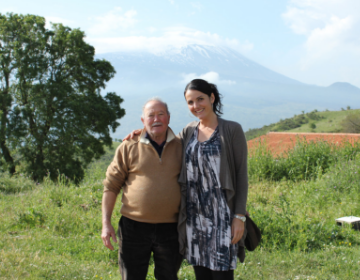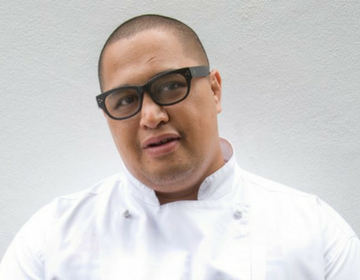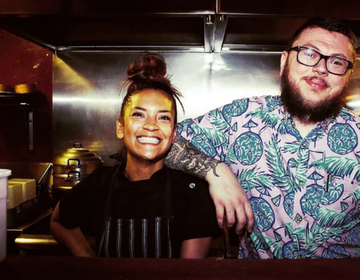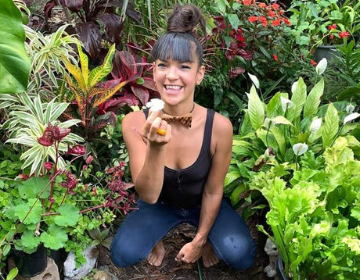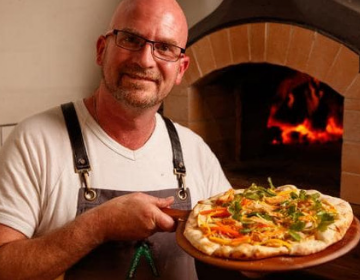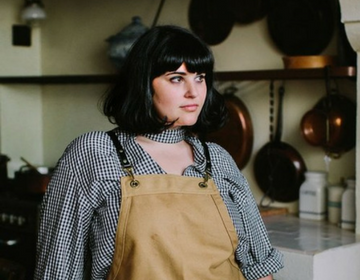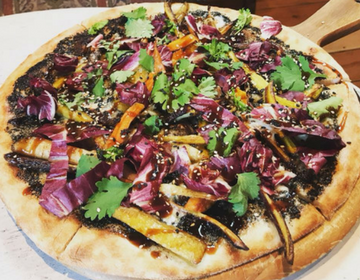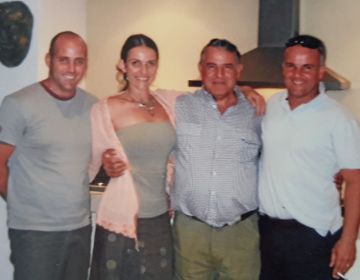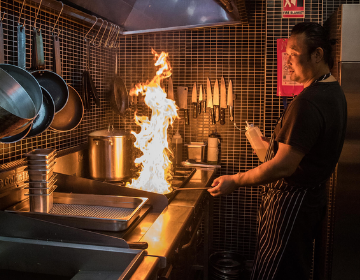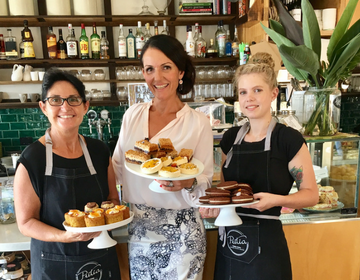We spoke with O Tama Carey, chef and owner at Lankan Filling Station in East Sydney about her new restaurant, and how her experience cooking in different restaurants of many different cuisines has impacted her cooking today.
You’ve worked in many different restaurants over the years of varying cuisines, how would you say this has impacted your cooking style and recipes?
It impacted big time. Every kitchen I’ve been – from French to Japanese to Chinese – has taught me techniques that I still use today. My cooking and what I do now, even in Sri Lankan cuisine, takes pieces of everything I’ve learnt along the way.
I think the cuisine that influenced me the most was Chinese – the flavours and food focus a lot on balance, lessons which have infused all of my cooking.
You recently opened your own Sri Lankan restaurant in East Sydney, how did that all come about? What was the inspiration behind it?
I’ve always had it in the back of my mind to do something Sri Lankan. Particularly because it is hard to find around Sydney, partly because it’s so underrepresented in the mainstream of food in Australia. I also wanted somewhere to eat it that was close by. There are lots of pockets of very authentic Sri Lankan Restaurants but they are usually all out in the suburbs or further out of the city.
Most Sri Lankan restaurants in the suburbs quite small and either are take away or buffet style, family restaurants aimed at the Sri Lankan community. I wanted to create a Sri Lankan restaurant that was more the modern inner-city restaurant that made this amazing food accessible to inner city diners.
Where did you learn your Sri Lankan cooking? Do you ever experiment with it using techniques and flavours from other cuisines you’ve picked up from over the years?
Most Sri Lankan recipes I’ve learnt from my mother, grandmother or travelling. Eating the food and watching it being made more, by osmosis in a way. And then I have taken all that I have learnt in kitchens and tried to meld them together. The example of this is our brunch menu which takes Sri Lankan flavours and uses them in new ways. But the restaurant mainstay is more giving people traditional flavours of Sri Lankan cuisine. I am not a big fan of ‘fusion’ cooking.
What changing trends have you noticed in the culinary landscape over the last 10 years?
Among my peers it is making good ingredients and good service the heroes. It is not about high-end of a passing trend but going back to the basics of letting the ingredients speak for themselves and making sure the service is warm and friendly and seamless.
At my restaurant you can have a $12 hopper set and be in and out in 10 minutes, it’s quick but it’s still great quality because the ingredients are fresh. Or you can stay and have a dining experience, enjoy a cocktail, have a few drinks. There’s no separation between the experience, one is just a quick and easy way of getting a good healthy meal and the other is bit more of an experience that you share with a few people. Regardless, we still deliver great quality food with fresh ingredients.
I have also noticed that there is more of a regional emphasis for some of the more established cuisines, for example with Italian food, seeing more of a focus on a region like southern Italian cuisine or Sicilian.
What role does food play in bringing cultures together?
Massive. I spent my whole life doing just that, working in different kitchens, with different people, witnessing, seeing and learning from them through food.
There is no language barrier when it comes to food. I’ve been to Sri Lanka and spent a day cooking with a woman, her mother and grandmother, none of whom spoke English and I don’t speak Singhalese, but I had such a great experience. We were able to communicate through the food, things like you need to turn the heat up, add salt, do you think this has the right balance? All of that doesn’t need language to understand. Food like music and love transcends barriers.
Why should workplaces get involved in A Taste of Harmony?
Australia’s multiculturalism is in part based on our love for each other’s cuisines. A Taste of Harmony brings that into the workplace, because with food comes the stories of our lives, not to mention the pleasure of being treated to new flavours and something exotic that is home cooked. Hopefully it will also lead to a curiosity to learn and experiment with new flavours.
Click here to learn more about A Taste of Harmony and how your workplace can register to get involved.
O Tama Carey is an award winning chef, her restaurant Lankan Filling Station has been awarded a Good Food Award Hat and made it on The Weekend Australian Magazine’s Hot 50 Restaurants within the first few months of opening.


